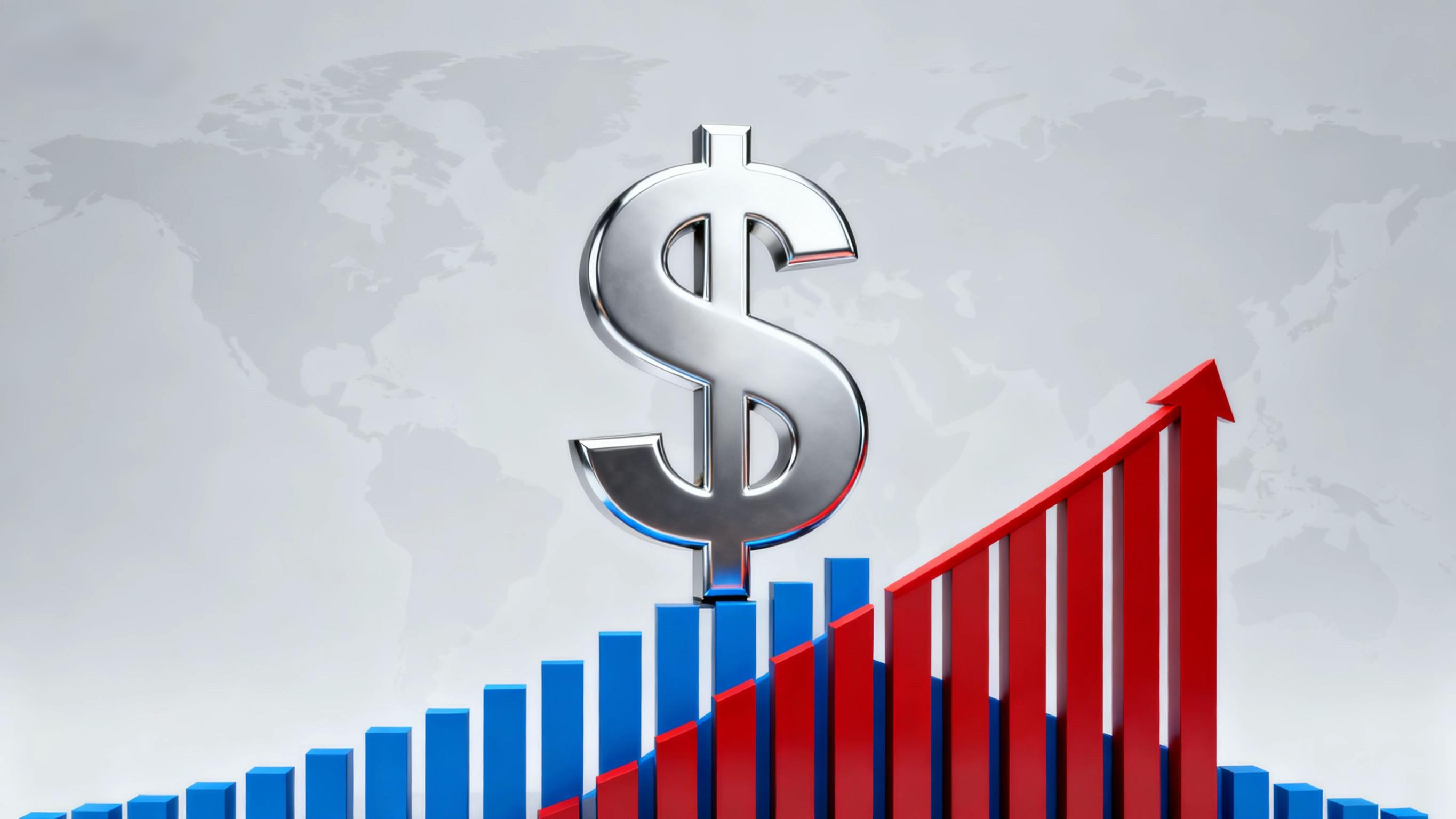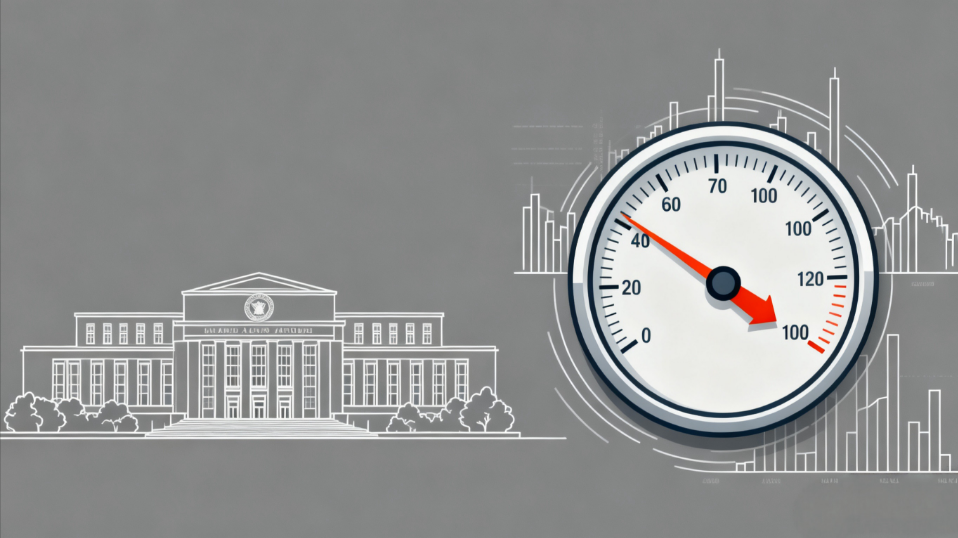
The U.S. economy is facing multiple risks, with expanding fiscal deficits, soaring debt, and a potential recession intertwined, as if standing on a "debt cliff." The current fiscal challenges are no longer cyclical issues but structural contradictions accumulated over the long term. According to data from the Congressional Budget Office, the deficit for fiscal year 2025 is projected to reach $1.9 trillion, accounting for 6.2% of GDP. This high level during an economic expansion period with an unemployment rate of only 4.3% defies the basic logic of "accumulating surpluses during prosperous times."
The core of the fiscal imbalance lies in long-term expenditure growth while revenue stagnates. Federal spending as a percentage of GDP has risen from 12% 70 years ago to over 23% and is expected to continue climbing, driven primarily by Social Security, Medicare, and interest payments. Meanwhile, federal revenue has consistently hovered around 15%–17% of GDP. The significant gap between revenue and expenditure in 2024 directly resulted in a deficit exceeding $1.8 trillion. This means that once the economy slows, fiscal pressure will intensify dramatically.
More troubling is the U.S. economy's "reliance on financialization." Capital gains taxes are closely tied to stock market performance. During the 2008 and 2020 crises, stock market plunges caused tax revenue to drop by over 15%. If another recession occurs, declining tax revenue and expanding expenditures would compound, potentially pushing the deficit from $2 trillion to $4.5 trillion, exceeding 15% of GDP—far above levels seen during the pandemic. Simultaneously, a shrinking GDP and worsening debt ratio would create a vicious cycle, with debt/GDP potentially exceeding 130%, risking a collapse in market confidence at any moment.
Under debt pressure, the Federal Reserve's room for maneuver is also significantly constrained. The past reliance on quantitative easing is difficult to replicate, especially with inflation still above 3%. Further expanding the balance sheet could exacerbate rising interest rates. In fact, the increase in long-term Treasury bond yields reflects market concerns about debt sustainability. If interest rates rise further to 5.5%, interest payments alone could increase by $300 billion annually.
Additionally, adjustments in trade and immigration policies by the new administration may also hinder economic growth and push up inflation. Imposing tariffs would raise import prices, while deporting immigrants would reduce labor supply, both potentially increasing stagflation risks.
In this context, the U.S. needs a multi-layered response. Individuals and businesses should enhance financial resilience, diversify risks, and increase counter-cyclical asset allocations. Policymakers must strike a balance between short-term stimulus and long-term sustainability, promoting fiscal reform, optimizing social security and tax structures, and investing in green energy and digital infrastructure. Only in this way can the U.S. avoid sinking deeper into the dual vortex of debt and recession.
















